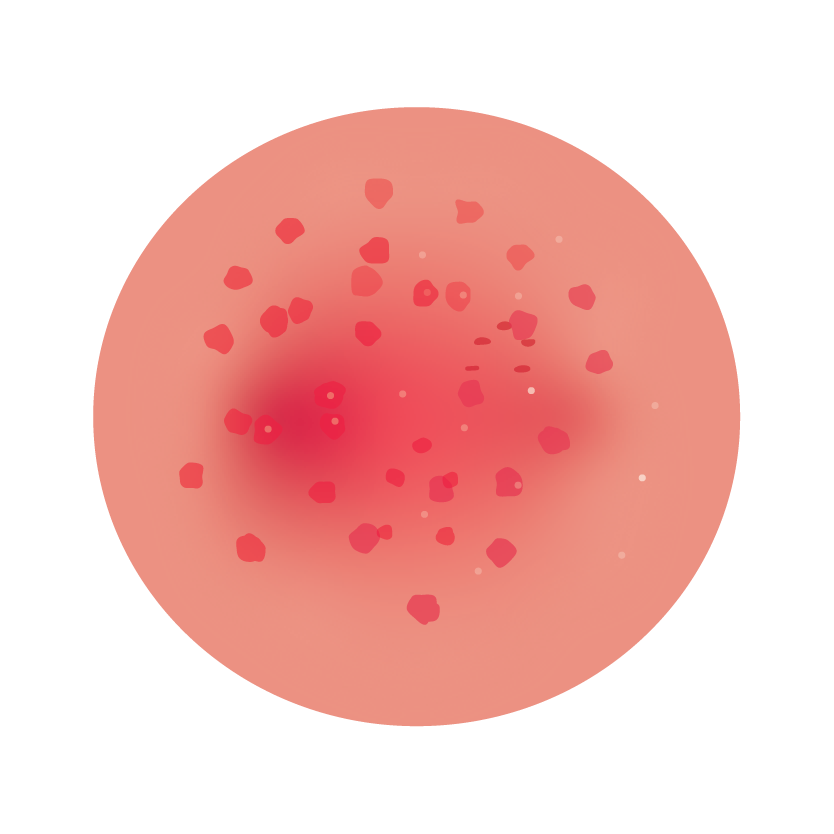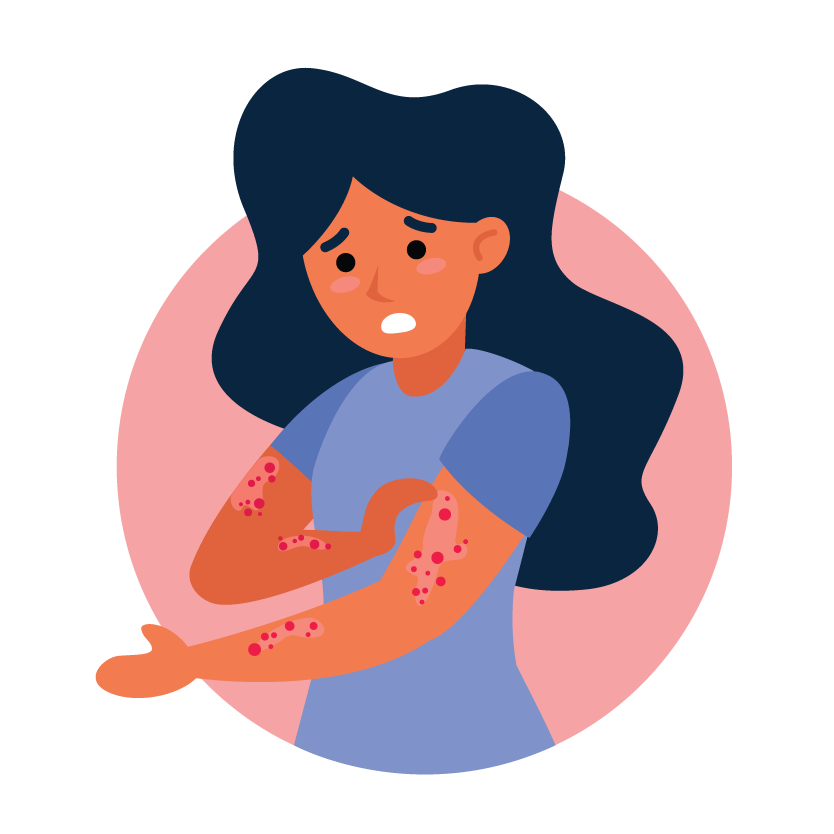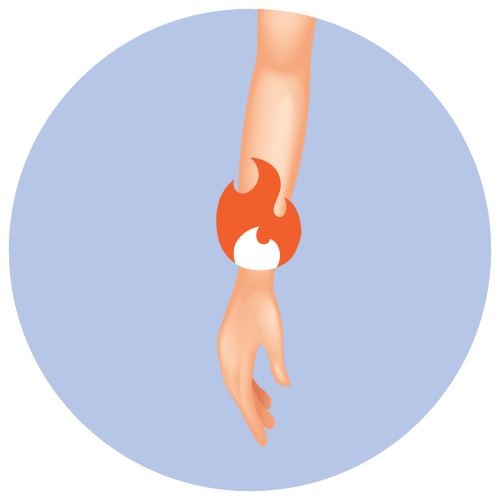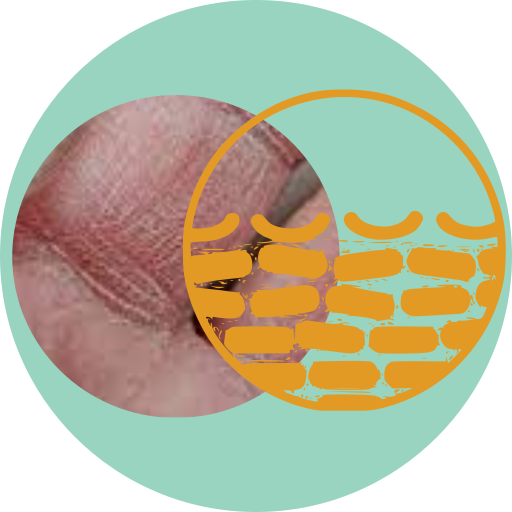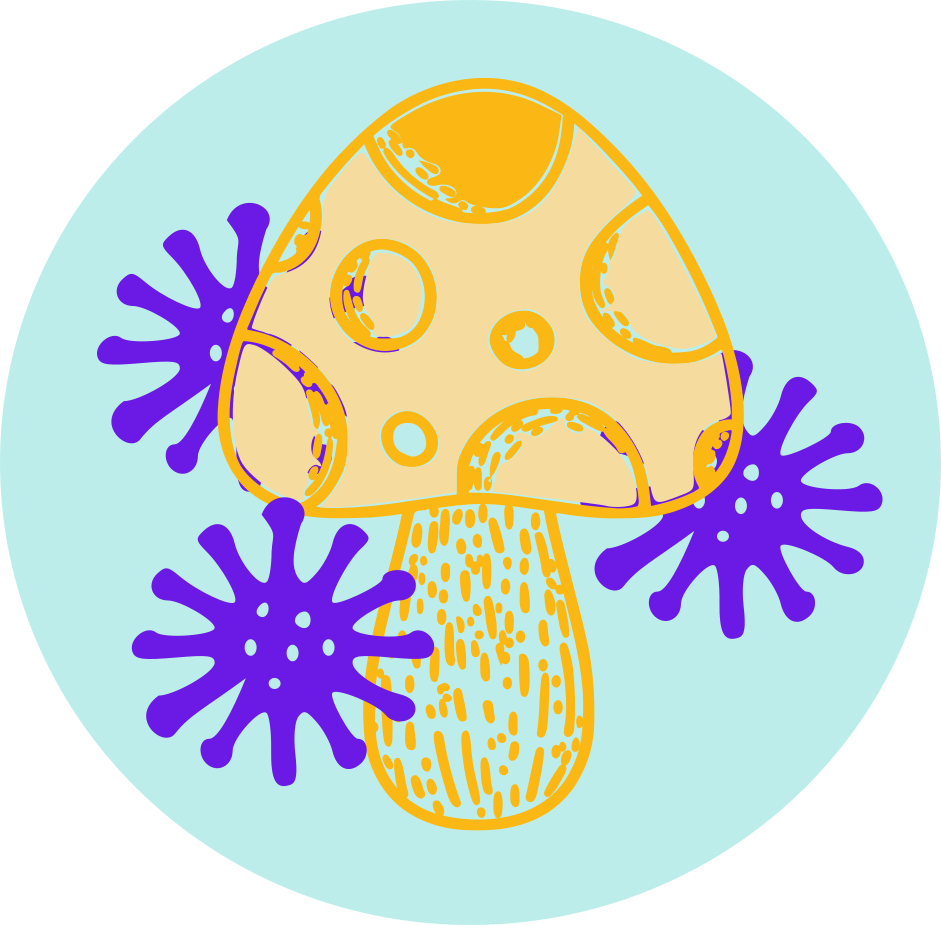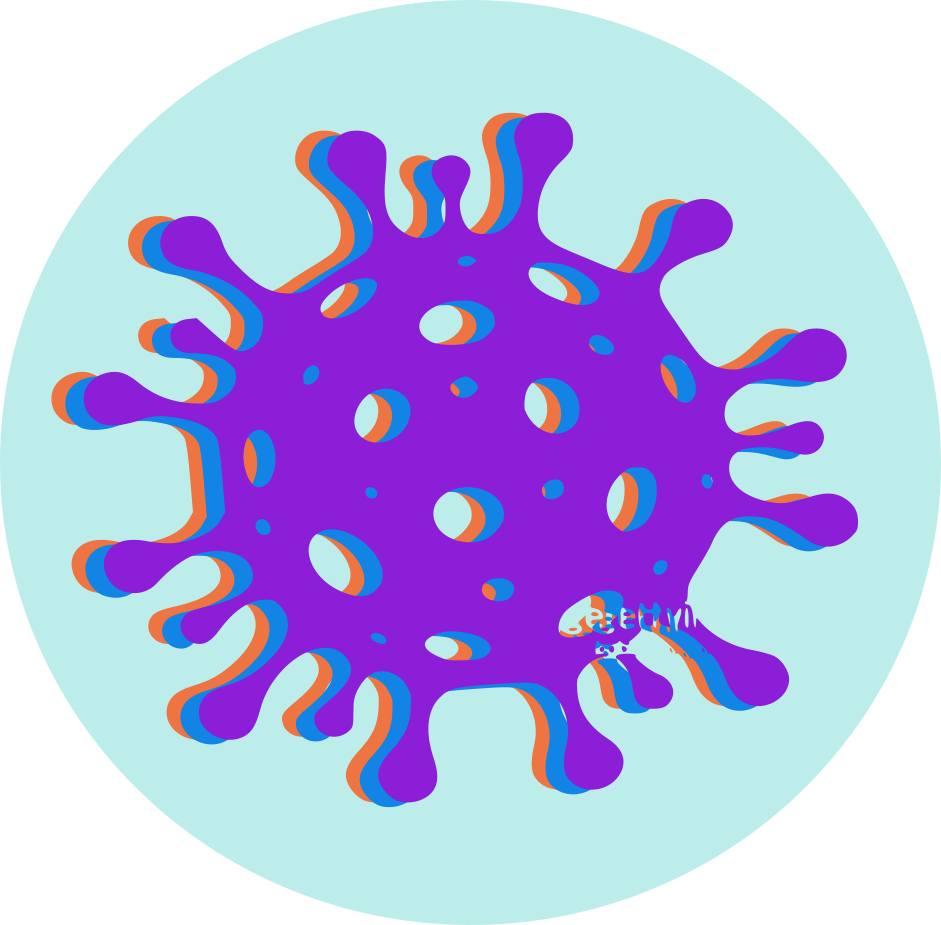| Name | Fluocinolone |
| Classes |
Antiinfective Agent Dermatological/Topical Agent Otic Preparation Topical Antiinfective Agent Ophthalmic Preparation Steroid |
| Diseases |
Inflammation Itching Skin Disorder |
Fluocinolone
Fluocinolone acetonide belongs to a class of drugs, called the glucocorticoids. It is a synthetic glucocorticoid. Natural glucocorticoids (hydrocortisone and cortisone), which have salt-retaining characteristics, are employed in adrenocortical deficit replacement therapy. Their synthetic analogs are largely employed for anti-inflammatory actions in a variety of organ system illnesses.
Glucocorticoids have a wide range of metabolic consequences. Furthermore, they alter the immune system's reaction to a variety of stimuli.
Fluocinolone acetonide is indicated for the following conditions
- Eczema
- Psoriasis
- Dermatosis
- Pruritus
- Fluocinolone acetonide Ointment is generally applied to the affected area as a thin film from two to four times daily depending on the severity of the condition. In hairy sites, the hair should be parted to allow direct contact with the lesion.
- Occlusive dressing may be used for the management of psoriasis or recalcitrant conditions. Some plastic films may be flammable and due care should be exercised in their use. Similarly, caution should be employed when such films are used on children or left in their proximity, to avoid the possibility of accidental suffocation.
- If an infection develops, the use of the occlusive dressings should be discontinued and appropriate antimicrobial therapy instituted.
Following side effects may appear with the use of Fluocinolone acetonide
- Burning
- Hypertrichosis
- Itching
- Irritation
- Dryness
- Folliculitis
- Skin atrophy
- Striae
- Miliaria
- Systemic absorption of topical corticosteroids has produced reversible hypothalamic-pituitary-adrenal (HPA) axis suppression, manifestations of Cushing’s syndrome, hyperglycemia, and glucosuria in some patients.
- Conditions which augment systemic absorption include the application of the more potent steroids, use over large surface areas, prolonged use, and the addition of occlusive dressings.
- Recovery of HPA axis function is generally prompt and complete upon discontinuation of the drug. Infrequently, signs and symptoms of steroid withdrawal may occur, requiring supplemental systemic corticosteroids.
- Children may absorb proportionally larger amounts of topical corticosteroids and thus be more susceptible to systemic toxicity.
- If irritation develops, topical corticosteroids should be discontinued and appropriate therapy instituted.
Contraindication
Topical corticosteroids are contraindicated in those patients with a history of hypersensitivity to any of the components of the preparation.
There is no known contraindications of the medication in terms of food and drinks.
 Bangla
Bangla English
English
